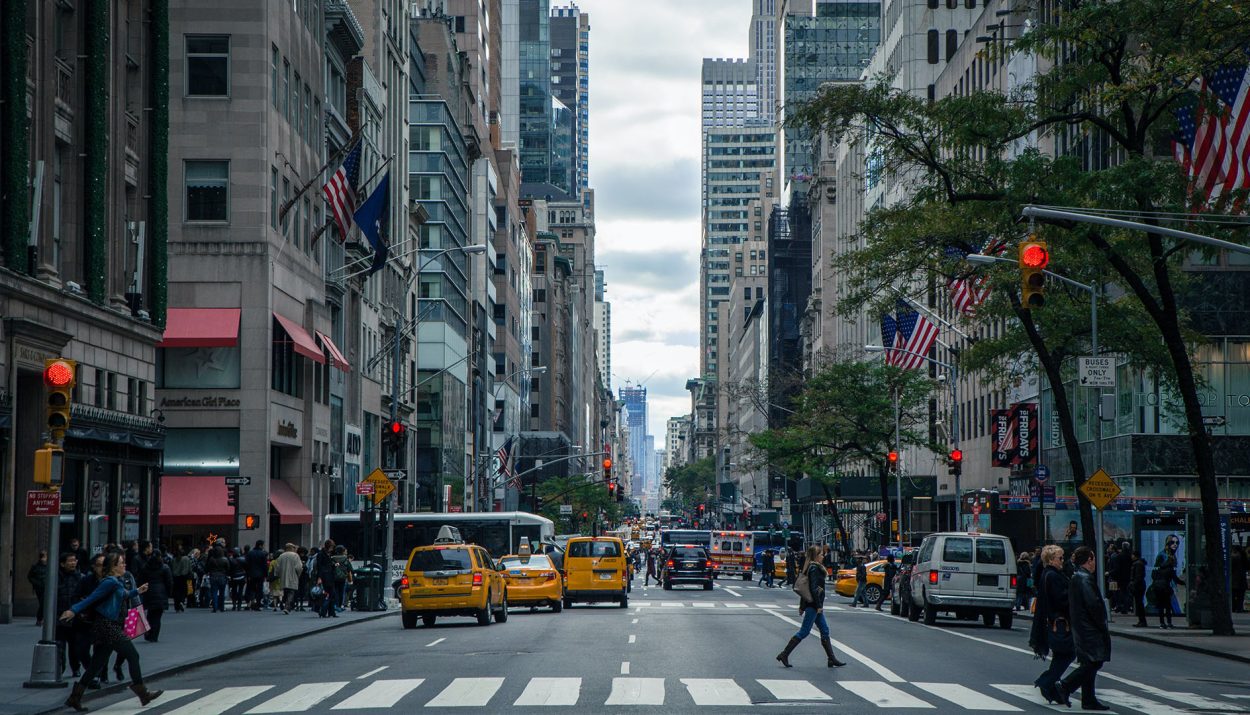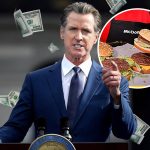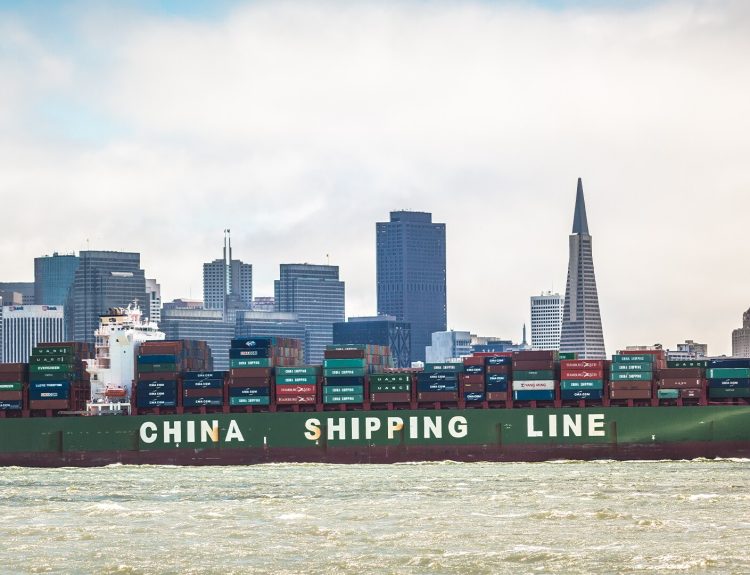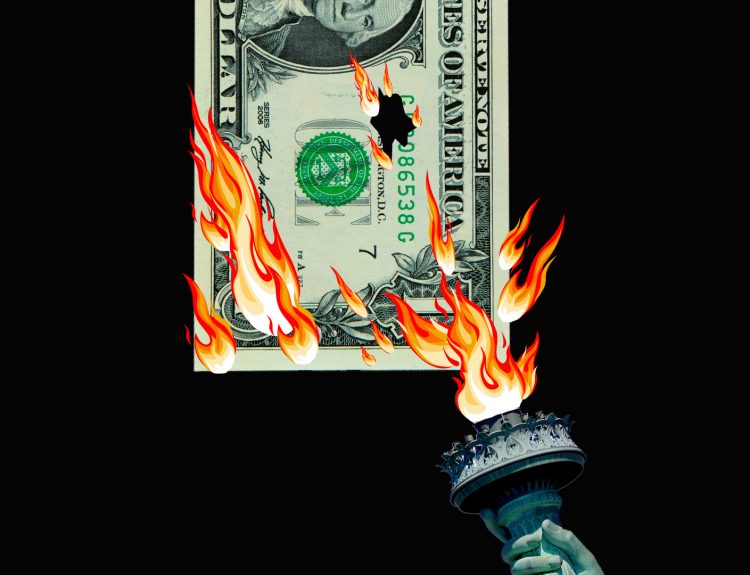The last few years have been rough for the US economy. Things were looking so positive at the beginning of 2020, and then everything took a nosedive with the pandemic. Outlook on the economy has been incredibly uncertain in the years since, but in 2024, things are looking much more positive.
2020 Had Lasting Impacts
2020 saw consumers hit with supply chain disruptions, a sudden shock of inflation, and interest rates that basically flatlined at zero before suddenly being hiked, steeply and quickly. Consumers were upset, but quickly grew accustomed to the new circumstances though they are anything but the norm.
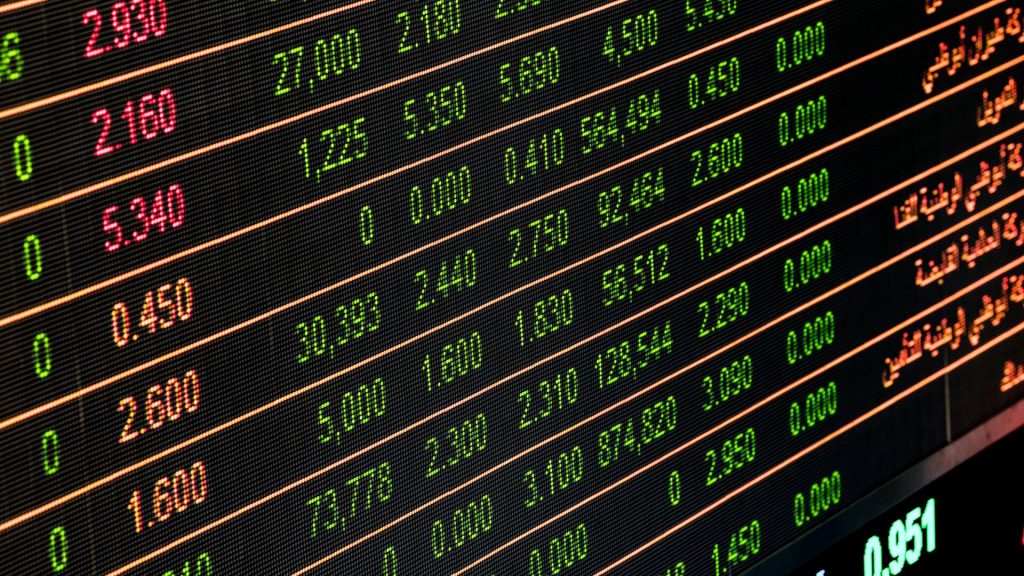
Economists are now forecasting that the United States will finally be able to break free of the lingering affects of the pandemic and the economic shakeup that came with it. It might not be as smooth of a journey as some – notably the Fed – were hoping, but there’s a good chance that by the end of 2024, things will be returning to something that looks more like the old normal.
Supply Chains Are Largely Back to Normal
What does this look like? Well, first of all, the supply chain issues that wracked most of 2020 and stretched into 2021 have, largely, smoothed out. With one notable exception was when the Suez Canal was blocked for days in 2021, which caused not only a supply chain disruption, but a supply chain break.

Despite small hiccups like the Suez Canal incident, shipping of materials and goods has largely returned to normal in the years since. Retailers and consumers are able to have their items and supplies shipped to them in a fairly regular manner, and it’s allowed for a much more pleasant experience across multiple industries.
Interest Rates Are the Primary Concern
A larger concern ahead of 2024, though, for both consumers and the Fed, is interest rates. Interest rates bottomed out close to zero in 2020, meaning that banks and businesses were able to borrow massive amounts of money with close to no interest.
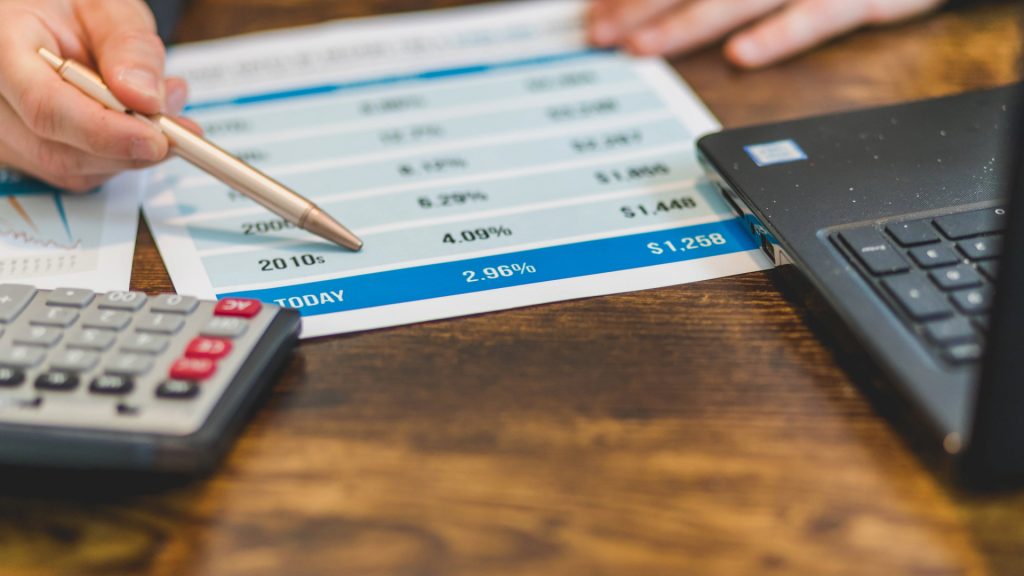
This caused inflation, on top of the pandemic aid that was sent out to Americans on behest of the United States government. This was unavoidable, as the economy was desperately in need of stimulation at the time, and putting cash in the hands of consumers was the way to make it happen, and prevent a horrific recession.
The Fed Took Action – Painful Though It Was
In the years since, though, the Fed has been desperately trying to get a hold of runaway inflation. At its worst, the inflation rate in the United States topped out near 9%, which consumers and businesses felt in their pocketbooks alike. Unfortunately, the fed has few tools that are capable of handling inflation.
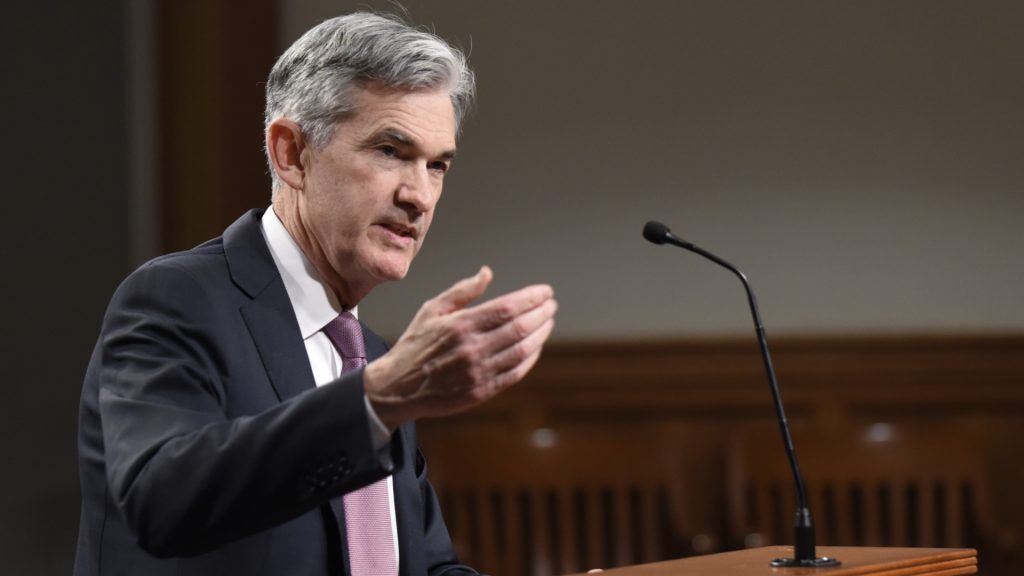
The biggest tool in the Fed’s box is raising interest rates, with the intent of making money more expensive to borrow. This removes some cash from the market, which affects at least one factor of inflation. Though it was painful, these subsequent raises of interest rates over the quarters have had the effect of significantly lowering interest rates, in addition to action taken by the White House regarding the matter.
A Soft Landing Has Been Achieved
Because of this, the Fed is now predicting that the United States economy has successfully achieved a “soft landing” regarding a recession. Announcements have been made by the Fed that they’re going to start lowering interest rates in 2024, though they haven’t been clear about how much they’re going to be lowered and when.
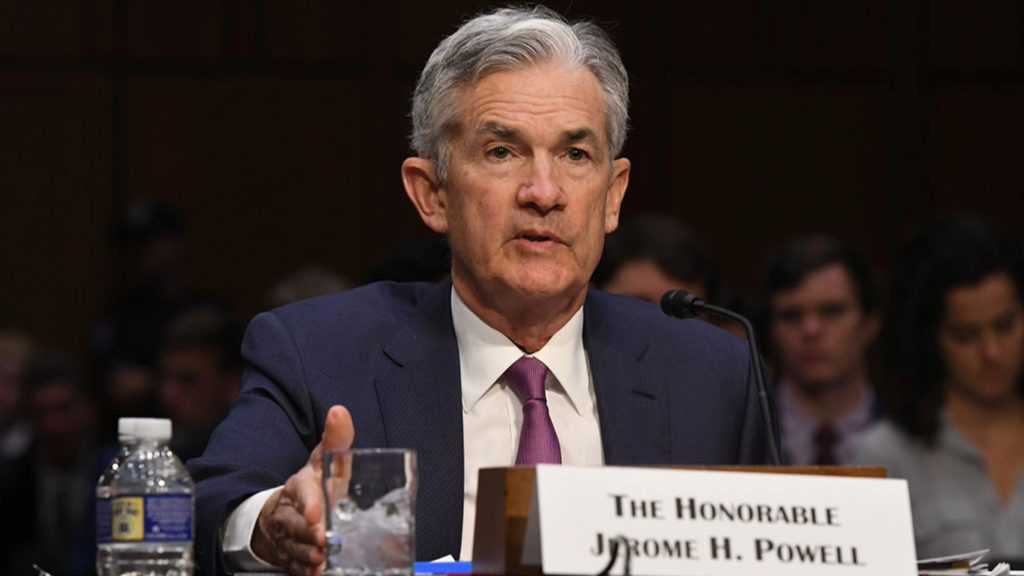
This also relates to predictions made by Goldman-Sachs regarding economic growth. The soft landing of the economy has led to positive predictions from the firm, placing United States domestic growth between 2% and 3% for the entire year. This is well in line with standard contemporary growth for a developed nation.
A Possible Rough Economic Start to 2024
While Goldman-Sachs sees the overall growth of the economy landing somewhere in the standard bell curve, that doesn’t mean that the journey to that ultimate number won’t be painful. Q3 and Q4 of 2023 saw unprecedented economic growth for the United States, far beyond standard predictions. Q4 growth came in near 5%, which stunned economists and politicians alike.
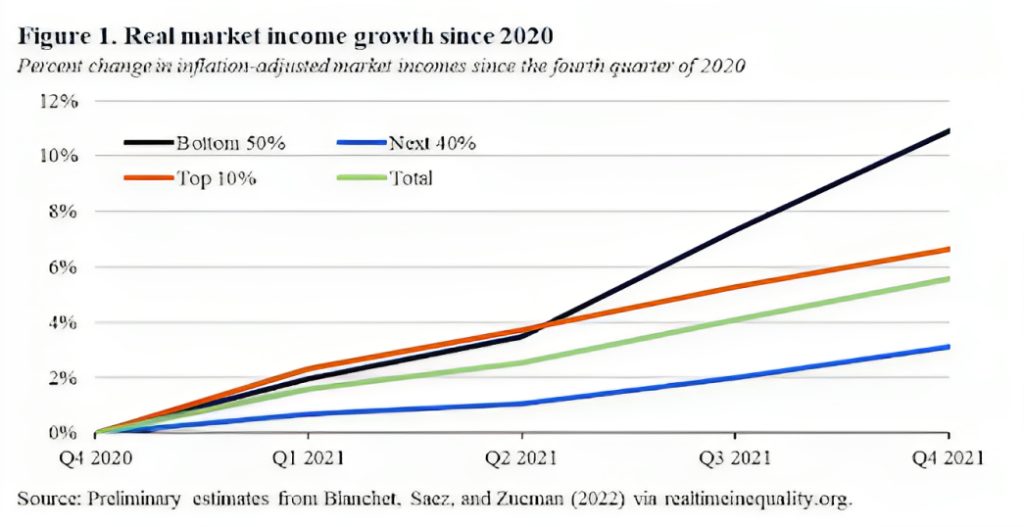
Because of this exponential growth, it’s likely that the first quarter of 2024 will see a lower-than-usual growth rate, and possibly even an economic decline. Some economists are predicting that the decline will stretch into Q2, which would fit the traditional definition of a recession, but the overall trend won’t be clear until the end of 2024.
The Job Market Remains Hot, and Healthy
Finally: the job market. Unemployment in December stayed at 3.7%, extending the longest period of unemployment below 4% since the 1960’s. This is in spite of the Fed raising interest rates in order to slow the economy. A hot job market means more competition for workers and higher wages, both of which are inflationary concerns.

Economists are predicting that unemployment will rise slightly over the course of 2024, consistent with a stable economy. Historically, a healthy unemployment level has hovered around 5%, and economists see unemployment landing between 4% and 5% for the year. This level would drive business expansion and economic growth, and would generally be seen as a positive for the country.
Predictions Are Helpful, But Ultimately Not A Crystal Ball
Of course, at the end of the day predictions are just that: predictions. It’s impossible to guarantee what will happen, just like it’s impossible to predict outlier situations like the 2020 pandemic. It’s possible that by the time the Fed starts to cut interest rates, it may not be as positive of news as economists are hoping.

Still, the economy is strong, and 2024 sees the trend continuing. While there may be some bumps along the road, the Fed seems confident that not only has the United States avoided a recession, but they’ve also managed to capture what many other countries have been seeking: low unemployment, low inflation, and rising consumer confidence. Not a bad way to start the year!

